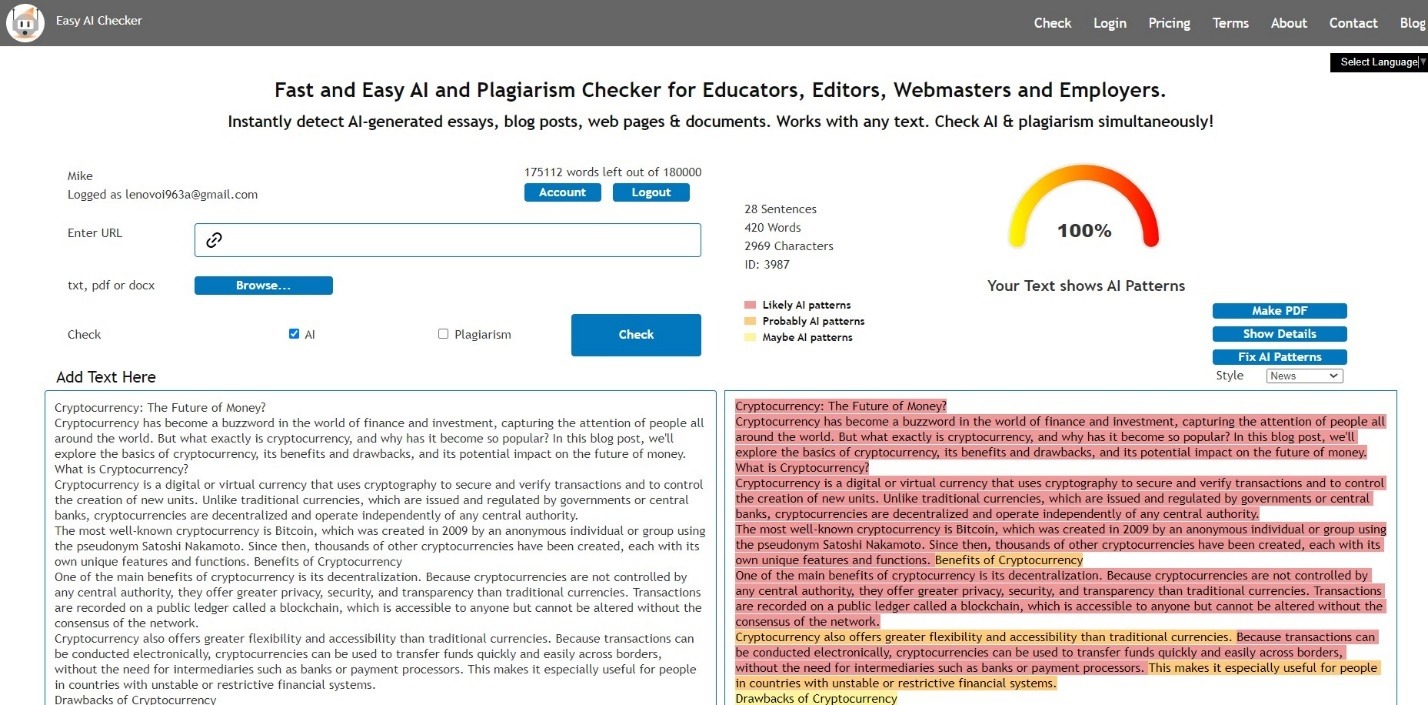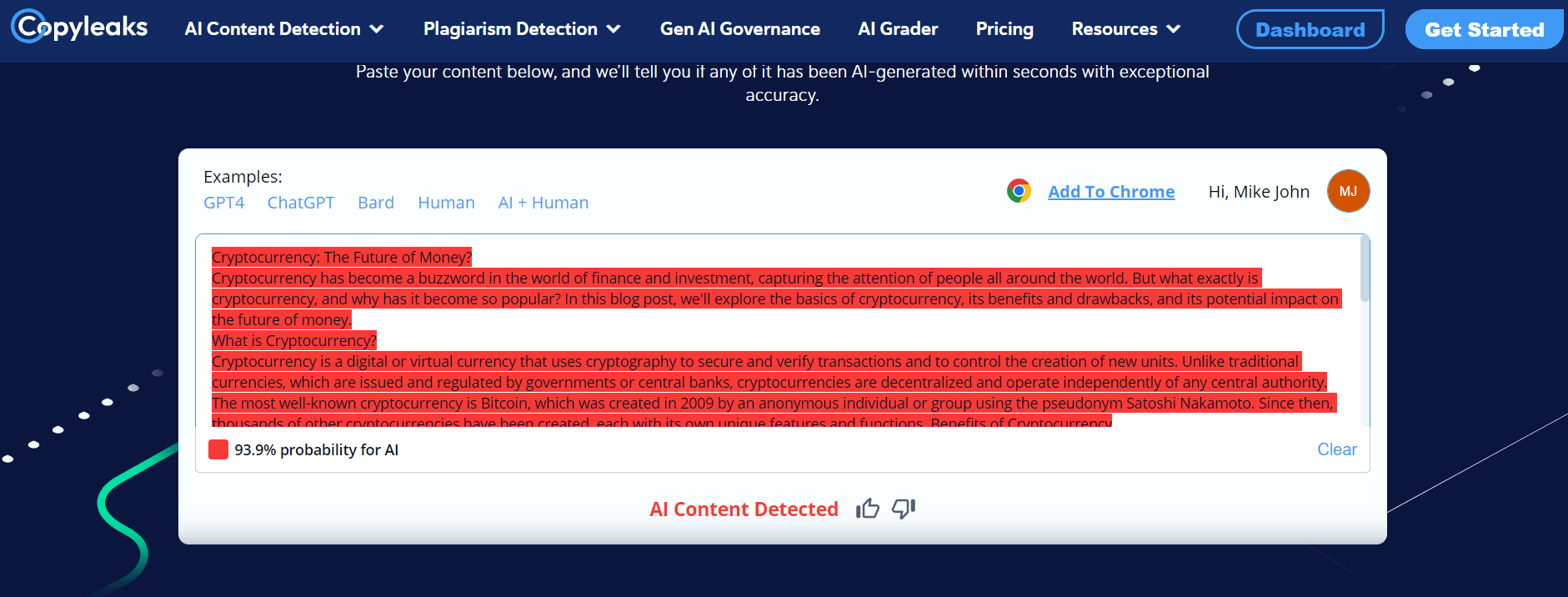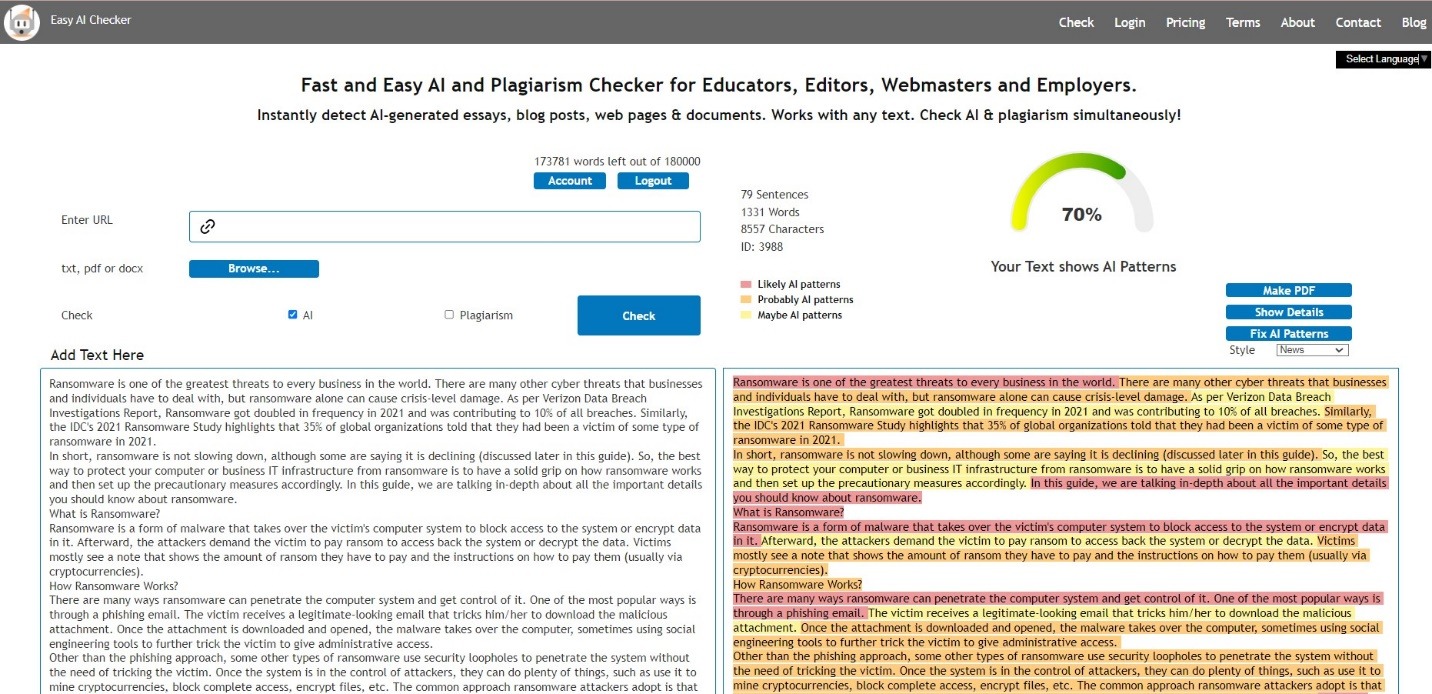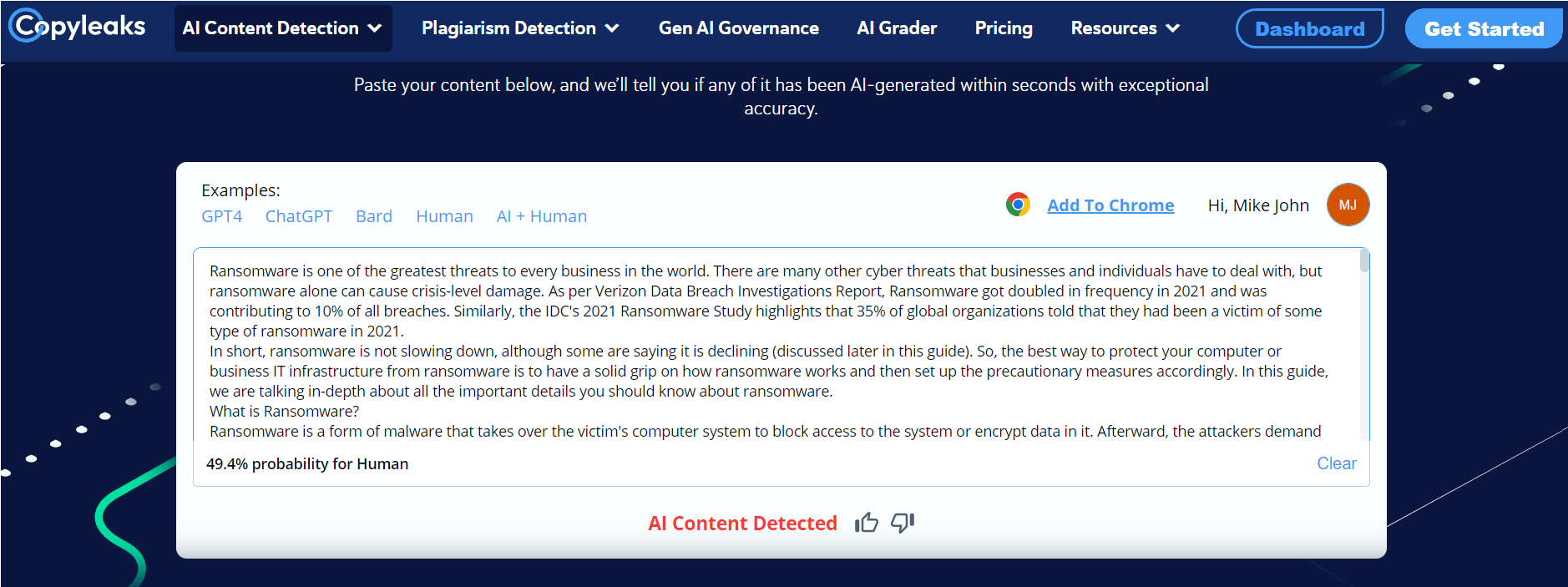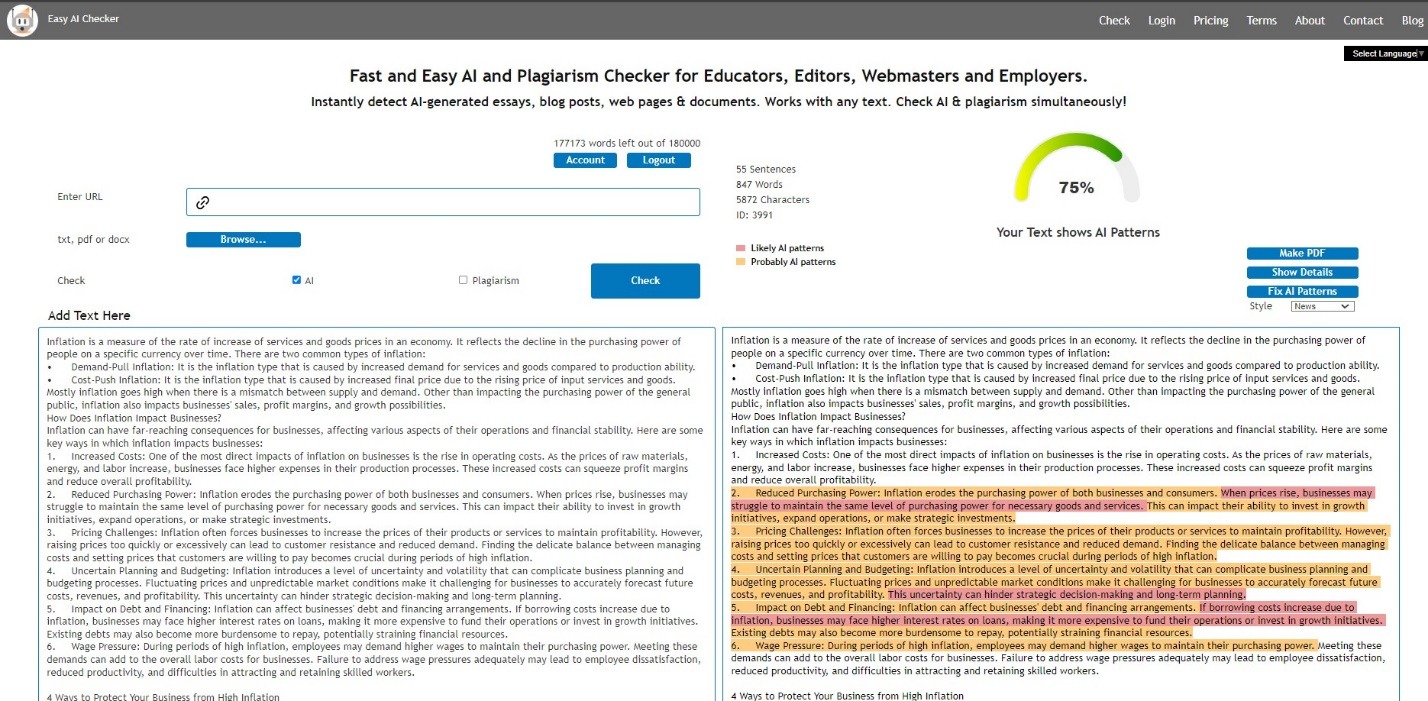
IT Solutions for Logistics: What Are They Used For?
Advancements in technology have revolutionized supply chain management, enabling businesses to uncover and address previously hidden blind spots. Previously, there were substantial gaps between various supply chain activities, manufacturers, and customers, both in terms of physical and temporal distances. However, with the continuous progress of technology, especially in logistics software development, these blind spots in supply chain management have become increasingly visible to transportation companies and all stakeholders involved in the logistics processes.
The outbreak of the COVID-19 pandemic has further highlighted the vulnerability of global supply chains. It has underscored the crucial significance of maintaining comprehensive visibility throughout the entire ecosystem and the ability to swiftly adapt to changing demands. During times when the global economy can be significantly impacted, it is more important than ever to establish effective controls, implement robust business standards, and adopt other measures to prevent disruptions in the supply chain and mitigate their adverse effects.
The utilization of digital solutions in the field of logistics has gained significant momentum due to various compelling reasons:
- Enhanced Operational Efficiency: Digital tools and technologies streamline and automate logistics processes, minimizing manual tasks and enhancing overall operational efficiency. This leads to cost savings and the seamless execution of logistics operations.
- Real-Time Tracking and Visibility: By leveraging digital solutions such as GPS tracking and barcode scanning, logistics professionals can obtain real-time visibility into shipments and inventory. This capability significantly reduces delays and errors, ensuring smoother supply chain operations.
- Data-Driven Decision Making: Digital solutions provide access to valuable data and analytics, empowering logistics professionals to make informed decisions. By harnessing these insights, they can optimize planning, resource allocation, and overall performance, resulting in improved outcomes.
- Collaborative Communication: Digital platforms facilitate seamless collaboration and communication among stakeholders within the logistics network. This enables real-time information sharing, coordination, and effective collaboration, leading to streamlined workflows and enhanced coordination across the supply chain.
- Scalability and Adaptability: Digital solutions offer scalability and flexibility, enabling logistics companies to adapt to evolving industry demands. Businesses can easily scale their infrastructure, integrate new technologies, and adjust processes accordingly, ensuring they stay agile in a dynamic business environment.
- Cost Optimization: Automation, optimization, and improved efficiency achieved through digital solutions contribute to substantial cost savings for logistics operations. By minimizing disruptions and delays, businesses can reduce expenses associated with inefficiencies, thereby improving their bottom line.
The Common Logistics Issues That Companies Should Be Aware Of
One of the key challenges in supply chain management is the need to address various blind spots. Before we delve into the major blind spots, it’s important to acknowledge some common issues that companies should be aware of:
Sharing Information
Overcoming the challenge of data sharing among diverse tiers of the supply chain is critical to gaining a comprehensive understanding of the entire ecosystem. Without this capability, the complete picture of the supply chain remains fragmented. Thus, it is imperative to establish a system that facilitates seamless data exchange and enables real-time visibility on a unified platform.
Tracking Issues
Inadequate tracking software often leads to a lack of visibility at specific stages of the supply chain. To address this challenge, logistics tracking custom software should be implemented across the entire chain’s length. This includes inventory tracking that provides warehouse updates and alerts for disruptions such as weather conditions, traffic issues, and other on-road events. Connecting these solutions to cover the entire supply chain stages can be a complex task.
Data Analysis
Effective supply chain visibility relies on the capability to analyze vast quantities of data. It is essential to discern the valuable data from the irrelevant, as this plays a pivotal role. Recognizing the various tiers within the supply chain and disseminating pertinent information can greatly enhance visibility. Specific applications empower shippers to make informed business decisions by granting real-time access to pertinent data. This facilitates proactive problem anticipation, strategic response planning, fostering cohesion across the supply chain, and fostering collaboration to ensure punctual delivery of goods.
Critical Blind Spots in Supply Chain and Ways to Avoid Them
Building a transparent supply chain involves addressing critical blind spots to mitigate risks and enhance visibility. Let’s examine five crucial blind spots commonly encountered in the process and explore ways to avoid them:
Blind Spots in the Warehouse
Accurate inventory data is essential throughout the supply chain, including for manufacturers, retailers, and e-commerce shippers. Implementing inventory management software solutions provides real-time data, preventing stock-outs, shortages, and delayed order fulfillment.
Blind Spots in the Process of Delivery
Miscommunication and security concerns are major challenges in container shipments. Custom software applications enable real-time tracking and sharing of shipment data with customers, enhancing supply chain transparency and building trust. Monitoring shipment movements and implementing security measures through software solutions help prevent compromises and ensure product integrity.
Blind Zones to Control the Location of the Vehicle
Accurate and timely data regarding the location of freight and potential issues is of utmost importance. To facilitate this, tracking solutions, including tracking apps installed on drivers’ mobile devices, provide the means to monitor their location and assess their health conditions. This real-time information aids in proactive contingency planning and enables timely responses to any arising challenges.
Blind Spots When Loading and Unloading Goods
Shipping and receiving facilities present challenges due to the high volume of activities and potential accidents. Utilizing optimized custom management software with real-time visibility helps address blind spots. Barcode scanning, software integration with warehouse and transportation management systems, task automation, RFID tagging, and aerial drones enhance visibility and streamline loading operations.
Supply-Demand Mismatches:
Insufficient clarity regarding demand visibility often results in elevated inventory levels and challenges in meeting customer requirements. However, by establishing a digital supply network, businesses can foster collaboration with partner systems, facilitating seamless data flow and enabling rapid responses to evolving demand patterns. Implementing customized logistics software that enables real-time exchange of inventory data with partners creates an ecosystem conducive to lean and efficient operations. This ecosystem supports accurate forecasting and optimized shipping processes.
By addressing these blind spots and leveraging appropriate software solutions, businesses can enhance transparency, mitigate risks, and align their supply chains to meet customer demands effectively.

